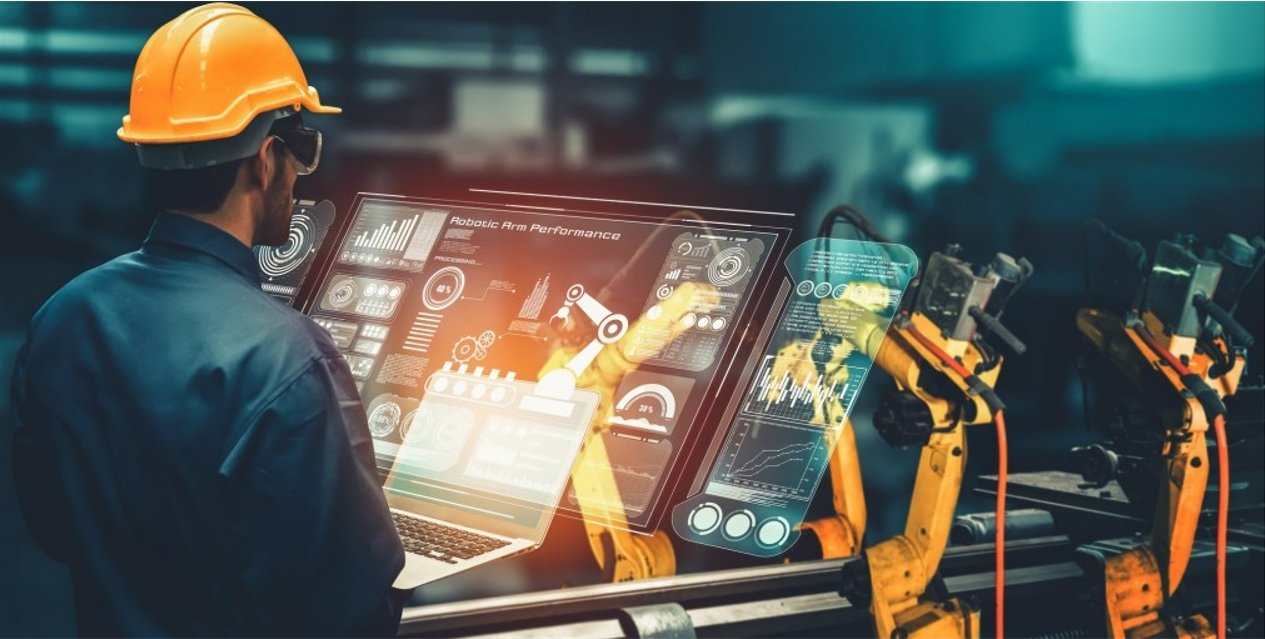How automation creates new (and different) jobs
Every company is in continuous development. Simplifying processes, minimizing costs, avoiding errors: these are the goals of every company. Thanks to the growing automation, it is becoming easier to realize these. But what's the downside of this? What are the consequences for employment? Is it true that certain jobs will be completely taken over by machines and robots?

Self-driving trucks, automated terminals or Alibaba warehouses: automation is gaining ground in the transport and logistics sector. Should employees in these fields be concerned? According to Fons Leroy, ex-top man of VDAB, certainly not. In his view, automation goes hand in hand with more (and a different kind of) employment.
Warehouse and logistics software
It mainly concerns the full automation in the warehouses that can provide support. Tasks that are purely executive can in principle be robotized.
iOnLogistics, specialist in software for warehouse and logistics management, only sees opportunities. “It mainly concerns the full automation in the warehouses that can provide support. Tasks that are purely executive can in principle be robotized,” explains Kim Van Slembrouck, Business Analyst at iOnLogistics.
Automate warehouse operations
“With our iTOS system, we first and foremost want to automate warehouse activities where possible so that as few human errors as possible can take place. That is hugely cost-effective for a company. Another plus is that the number of possible accidents will drop drastically, which still regularly takes place in a warehouse today.”
Not less, but different
Our mission is to optimize the costs of operating a business and maximize day-to-day operational efficiency. Automation is an undeniable part of this.
However, automation does not mean that staff will have to be made redundant. The tasks of the employees will mainly look very different. Because the tasks that require little or no thinking are robotized, time is freed up for optimizing the various internal processes. After all, a machine only carries out what it is instructed to do after a thorough thought process. The maintenance, operation, checking and control of these machines will still be done by employees. This also means that we are moving towards additional training and an important trend in the future: lifelong learning.
Kim Van Slembrouck: “Our mission is to optimize the costs of operating a business and maximize day-to-day operational efficiency. Automation is an undeniable part of this. We notice that there is a lot of 'fear' among people when it comes to this, while it should just be relieving. Incidentally, it is also not the case that every company in logistics can suddenly go to full automation tomorrow. After all, that can only be possible and useful if you have a warehouse with strict, fixed dimensions and know in advance what you are going to produce.”
